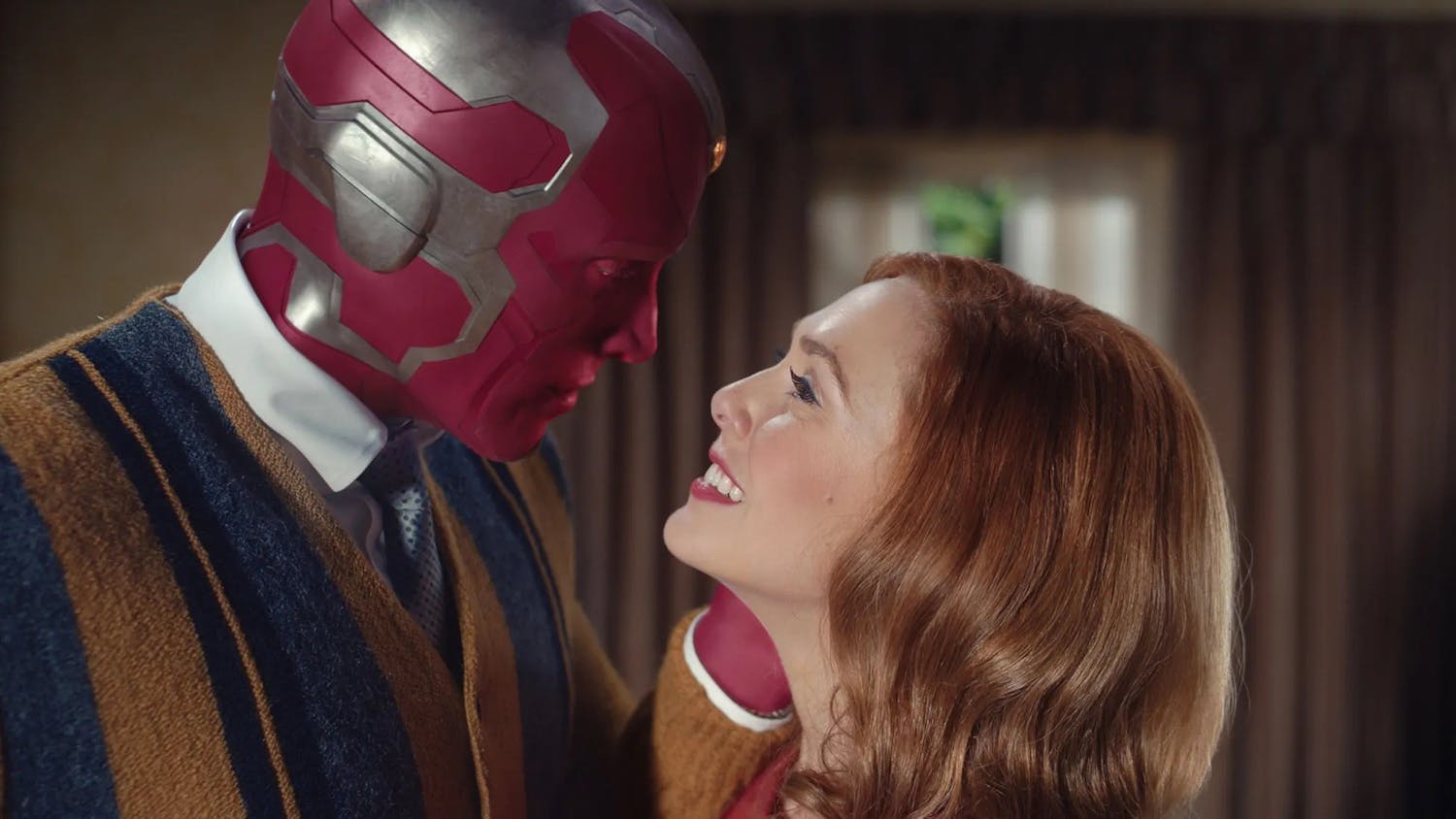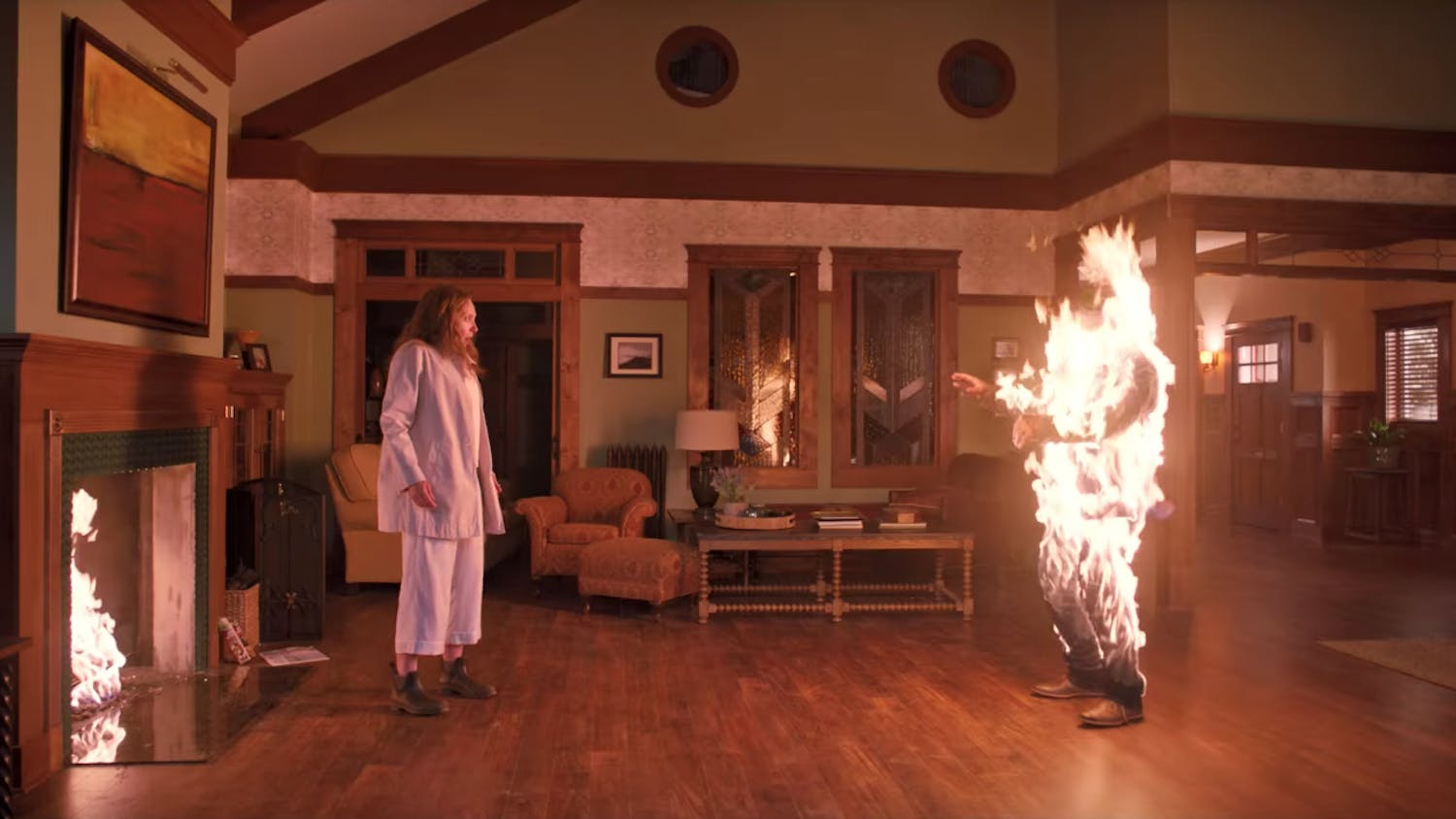Who doesn’t love a good bad guy? Well that sounds weird, but you get what I mean. Or maybe you don’t.
Point is, few things are as enjoyable in a good movie as a bad villain. Well not “bad” bad, but really well done and terrifying and easy to hate and awesome. You know, a bad villain.
People have spent countless hours debating who the greatest villains in movie history are, and you could make cases for lists and lists of many different fiends of film. However, in my very productively spent hours of reading these arguments, articles and lists, I’ve come to notice a pretty solid trend in which villains tend to be considered the best of the worst. Or the worst of the worst.
That is, I’m pretty sure that all truly great movie villains fall into one of two categories, which I refer to as either the “Blank Slate” villain, or the “Magnificent Basterd” villain.
Named for the perfect exemplification of the type, the “Magnificent Basterd” villain is one who’s very evil, if not purely irredeemable, but they’re so entertaining and charismatic, so purely fun, that you look forward to their appearance on screen and, in spite of yourself, almost find yourself rooting for them even though they’re a murderer/psychopath/what have you.
Its name, at least the way I use it, stems from Christoph Waltz’s character in “Inglourious Basterds,” Colonel Hans Landa, who managed to embody everything that is right and good and awesome about movie villains. He takes the opening scene and turns it into one of the most tense, exhilarating cinematic experiences in recent memory. His character shifts flawlessly from affable and overly polite to icy, inhuman and vicious in the execution of his tasks. It’s a show-stealing scene in a very, very good movie, and from that moment on, he only gets better. As the movie progresses, Col. Landa ranges from borderline goofy (the “that’s a BINGO” line) to a soul-chilling interrogator who commits acts of senseless violence. And through it all, you couldn’t take your eyes off him if you wanted to.
It’s not just the great acting and writing behind the character that made him an effective villain though; it’s the fact that even if we can’t agree with what he’s saying or fighting for (and we can’t), we still find ourselves cheering for him just a little. As much as he terrifies and repulses us, there’s a part of us that really wants him to be on screen at all times. It’s this magnetic quality that my favorite charismatic villains like Col. Landa, The Joker in “The Dark Knight,” Nurse Ratched in “One Flew Over The Cukoo’s Nest” and Anton Chighurh in “No Country for Old Men” have all possessed.
Sometimes, the villain winds up as the protagonist of the story, as in Stanley Kubrick’s “A Clockwork Orange.” Alex DeLarge’s hobbies include rape, ultraviolence and Beethoven, and yet we’re with him for the entire story and are even pretty much sympathetic to him at the end.
This seems like a good spot to clarify something. A villain is a bad person; a hero is a good person. A protagonist is the character we’re experiencing the story with, more or less the main character; an antagonist is the foil to the protagonist, the side of the story we’re set against. You can have a hero as an antagonist, and, as in “A Clockwork Orange” and other works, you can have a villain protagonist.
The other category of great villain, the “Blank Slate,” is the menacing, mysterious villain—the one that inspires terror with their mere presence onscreen. Some examples include Darth Vader (kind of obvious), Michael Myers/The Shape from the “Halloween” series, and, very uniquely, HAL-9000 from “2001: A Space Odyssey.” They’re all basically blank slates. If my calling them “Blank Slate” villains didn’t make that clear.
Unlike other villains, their appeal lies in what’s left unsaid. Darth Vader, when he first appeared, was a mysterious figure. Nobody knew who or what he was, what he looked like under his helmet or if he was even human. HAL-9000 nearly ran into the same problem, terrifying us in his cool, omniscient and omnipresent sense of menace and mystique. We can’t tell if he’s truly having feelings or if he’s just carrying out his programming, and the closest we get to a physical sense of his existence is that ceaseless, careless, distant red light in a lens. We can’t begin to understand him, and this terrifies us.
The ultimate blank Slate, however, remains Michael Myers of the “Halloween” franchise. His motives are left unexplained beyond anything more than pure evil and his face is a literal blank slate, just a white slide onto which we can project our fears.
And this is where the true base of the “Blank Slate” villain’s effectiveness lies: They provide a dark, negative space for our imaginations to fill, draw our fears into the open and allow us to fill in the blanks with whatever we choose. It’s our primal fear of the dark being expressed through cinema.
This is fundamentally different than the “Basterd.” Where the “Slate” shows our fears outside of ourselves, the “Basterd” scares us by showing us the appeal of being bad, how fun it can seem to be evil. It shows us the monsters that, deep down, live inside all of us, and that they’re really more terrifying than anything we could imagine.
Wow, that got kind of serious. Sorry. Next week my column will have more dick jokes, I promise.
Send Austin some dick jokes for next week to wellens@wisc.edu.





